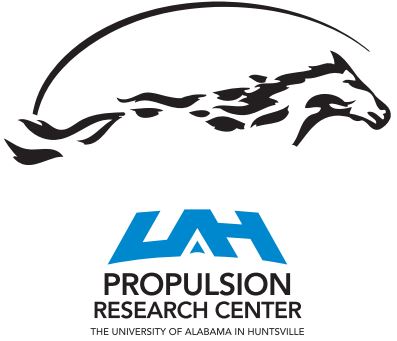Comparisons of cooling performance and flow characteristics of a combustor liner plate with compound angle and simple angle effusion holes
Source
UAH PRC Research Database
Document Type
Article
Publication Title
International Journal of Thermal Sciences
Abstract
The present investigation considers a unique compound angle arrangement, never previously considered, with α = 30°, β = ±30°, such that the compound angle of the effusion holes changes from β = +30° to β = −30°, as adjacent rows of effusion holes are encountered. Also provided are data for comparison from a simple angle configuration with α = 30°, β = 0°. Coolant is supplied to both effusion hole arrays using arrays of impingement cooling jets. The results of the numerical simulations are obtained using the ANSYS FLUENT V 21.1 numerical code, with a shear stress transport (SST) k–ω turbulence model. Data are provided for main flow Reynolds numbers from 142,000 to 155,000, impingement flow Reynolds numbers from 7900 to 18,000, effusion flow Reynolds numbers from 10,400 to 23,600, and overall blowing ratios from 3.3 to 7.4. When β is changed from 0° to ±30°, area-averaged film cooling effectiveness values and area-averaged heat transfer coefficient magnitudes increase overall by approximately 2.89% and 11.7%, respectively. This is because the use of compound angle arrangements often inhibits the formation of the horseshoe-shaped vortex, and the resulting counter-rotating vortex legs, that often promote lift off of significant film concentrations from the test surface. The skewed and non-symmetric character of the horseshoe-shaped vortex is also increased by the use of compound angle arrangement, which also sometimes provides local improvements in surface thermal protection.
DOI
https://doi.org/10.1016/j.ijthermalsci.2022.107984
Publication Date
3-2-2023
Recommended Citation
Kwon, Hwabhin; Ligrani, Phillip M.; Vanga, Sneha R.; and Park, Heesung, "Comparisons of cooling performance and flow characteristics of a combustor liner plate with compound angle and simple angle effusion holes" (2023). PRC-Affiliated Research. 2.
https://louis.uah.edu/prc-research/2


